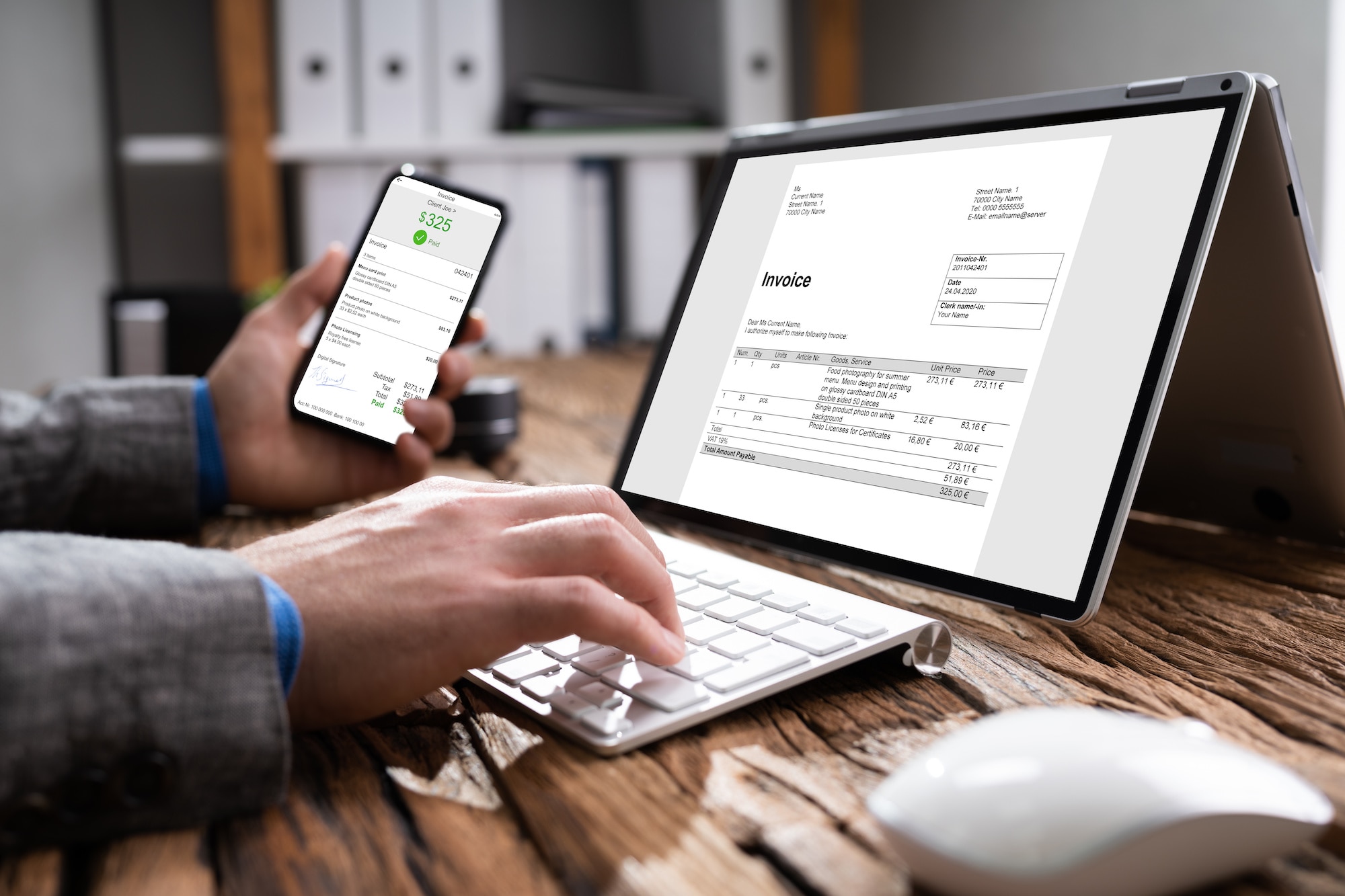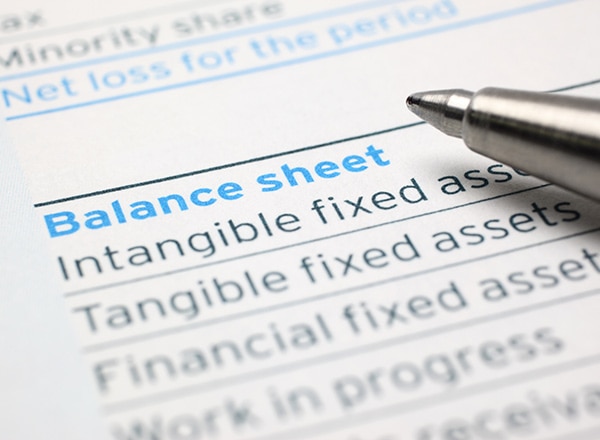Accrued payroll is another term for accrued wages and salaries, which are labour costs that companies incur over time. At the end of a fiscal period a business records entries to see the full picture of expenses which had been incurred, but not paid for yet. Note that we are talking about companies that apply accrual accounting here. Companies that utilize cash accounting don’t use accruals.

Small Business Owners Guide to Accrued Payroll
What is Accrued Payroll?
Accrued payroll is all types of accumulated compensation owed to employees that has not been paid to them yet. This payroll concept is used under the accrual basis of accounting and is the employer’s liability because it includes the financial obligations a business has to its employees such as:
- Salaries
- Wages
- Commissions
- Bonuses
- Payroll taxes
- Paid time off
- Contributions
- Deductions
Accrued payroll is reported as an operating expense in the income statement in the period in which it is incurred, regardless of whether companies have made any cash payments on any owed wages and salaries.
Why Track Accrued Payroll?
Tracking accrued payroll is a valuable tool for a business to compare their income to their expenses for a given period of time. Pay periods usually finish at the end of the month, at the end of the quarter or the year , and it is possible that not all the employees will have received their full payments for all the hours they worked by the exact date the pay period ends.
Even if the employee has not yet physically received that payment, payroll laws require those wage-related expenses (including benefits, commissions, and bonuses along with hourly wages and salaries) to be reported for that pay period.
Since businesses don’t normally pay employees immediately, there ends up being a lag time between the end of a pay period and the date the employee is compensated. These details are important when you create a balance sheet because it shows a dollar amount that your business does not actually own – even though the money may actually be in your bank (since some of that portion in your account needs to be going to an employee/employees).
Even if payments have not been released to the employee yet, tracking payroll accrual ensures that all of the money has been accounted for. Payroll accrual is simply a way to adjust those wage expenses to improve the accuracy of your payroll records.
Payroll accruals are also important for internal accounting because they help your company to determine how much you spent on payroll during any given month. As well as prevent accounting errors such as underpayments, overpayments and also ensures your payroll team stays compliant with regulations.
How to Track Accrued Payroll
The accountant needs to track or record all unpaid compensations for employees for specific pay periods as a liability in their balance sheet. Conditional to what kind of withholdings are being made, the payroll liability can be recorded as different types of payables. Ensure that all expenses related to unpaid wages are being recorded.
Some common withholdings include:
- Salaries and wages payable for all employee hours worked
- Any taxes payable (Federal and provincial income taxes, EI, and CPP, etc.)
- Retirement accounts
- Insurance policies and health savings accounts
Learn more about payroll remittances here.
What You Need to Calculate Accrued Payroll
To calculate accrued payroll for a specific pay period, your accounting team needs to compile data including:
- All compensation your hourly employees earned from their last payday to the end of the pay period and have not yet received
- All applicable payroll taxes owed on that unpaid compensation, including unemployment taxes and any income taxes required by provincial or local laws
- Any accrued payroll from salaried employees (You may not have any if your salaried employees are paid for an entire accounting period)
How to calculate accrued payroll
To calculate accrued payroll, count the amount of hours your employees worked since the last day they were paid. If they are salaried employees, count the number of days they performed salaried work for which they have not yet been compensated.
Multiply the number of hours that each employee has worked by their hourly wage to calculate the outstanding payroll amount you owe to them. If your employees are salaried, prorate salaries based on a daily rate by calculating the number of days they have worked for which they have not been paid and multiplying it by their daily rate.
For example:
Ashley worked 80 hours
Ashley’s wage per hour: $20
80 x 20 = 1600
Therefore, Ashley’s outstanding payroll amount is $1600.
Add the amounts of unpaid wages or salaries for all of your employees to calculate your total payroll accrual.
Keep track of the date you calculated your payroll accrual on. This is important because businesses tend to accrue payroll every day, so an accurate payroll accrual figure is a moving target.
This means that if you calculate your payroll accrual to enter it on a balance sheet that you present to a bank for a business loan, this figure will most likely have already changed by the time a loan officer reviews your application because your employees will have worked additional hours. Keeping track of the date will ensure that your figures are specific to the timeframe when your financial statement was created.
Reversing Accrued Payroll Entries
It is important to remember that all accrual entries need to be reversed in the following period, when the employees actually receive their payments. If you don’t reverse the payroll accrual records, you will end up counting those wages in both pay periods and this will lead to bookkeeping and payroll errors. If your business uses a cloud based system, you will be able to set your initial entry to be automatically reversed when the period changes. This will ensure your accounting entries reflect only the wages and liabilities applicable to your current pay period.
Making Payroll Journal Entries
Maintaining a sequential payroll journal that keeps track of all the compensation paid to your staff is an important component of good record keeping. The specific journal entries will vary based on a number of factors such as industry and business structure. However, there are three general categories that the journal entries fall into:
- Initial payroll records. This includes your employees’ gross wages, any taxes your business may owe and all relevant withholdings.
- Accrued wages. Records of any wages or compensation owed to employees and has not been paid to them by the end of an accounting period.
- Manual payments. Record of any printed checks your business has distributed to employees for circumstances such as termination pay or a pay adjustment.
To record a payroll accrual in your accounting journal, your accounting team will need to:
- Calculate the outstanding payroll amount for the pay period
- Make a journal entry crediting your accrued payroll for the amount still outstanding
- Post the debit amount to your payroll expense account
- Any direct labour, salary, or wage expense should be recorded as a debit while any accrued wages, salaries, or payroll tax payments should be logged as credits.
QuickBooks Online payroll features makes doing accrued payroll easier by organizing all your financial information in one place. It also gives you payroll automation options so you can streamline and simplify your payroll process.Try it today!


